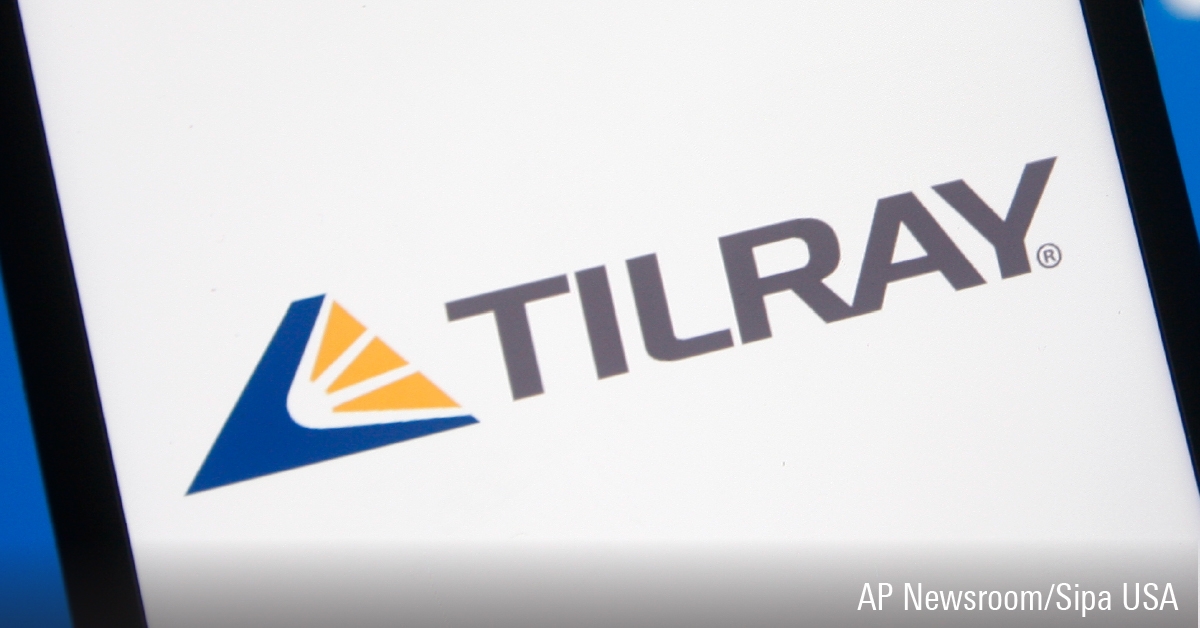Tax-filing season is in full gear, and ultra-low interest rates and slow economic growth continue to weigh on investment returns. For many, minimizing the bite of taxes may be more important now than ever. The good news is you can help meet this challenge by choosing the right types of assets and the best vehicles to hold them.
Based on these principles, here are three strategies worth exploring in the quest for tax efficiency.
Asset location: This basic tax-planning strategy focuses on choosing the best places to hold your stock, fixed-income and cash investments. If you have both non-registered and registered investment accounts, stocks are usually best held outside your RRSP, TFSA or other tax-advantaged registered account.
That's because, whereas interest income -- such as you would earn on a GIC, bond or savings account -- is taxed at your marginal tax rate, stocks receive preferential tax treatment on two levels.
"The Canadian tax system is based on integration," says Lorn Kutner, tax partner in Deloitte's Private Companies Services Group. He explains that, because eligible Canadian companies pay dividends to shareholders from their after-tax profits, investors get to take advantage of the dividend tax credit.
"It's basically saying, they [the distributions] have already been taxed on one level, so they need to have some preferential treatment," says Kutner. For an investor in Ontario, that means a tax rate of roughly 29.5% on dividends, compared with 46.5% for interest income. (Rates are comparable in most provinces.)
Stock investors also get a break when they sell a winning stock since only half of capital gains are taxable. That puts the tax rate on capital gains at approximately 23.5%, again using the example of an Ontario investor, according to Kutner.
"You can see there's a wide differential between interest, dividends and capital gains," says Kutner. "You'd want to have the higher-taxed income, i.e., interest income, in your RRSP, and the more preferentially taxed income outside your registered accounts."
Even so, Kutner says, tax shouldn't be your primary consideration. "Figure out what the right portfolio is for you, for your objectives. Once you have your mix, then determine where they should be."
Corporate-class funds: Further to choosing the best place to hold your investments, certain types of investments are specifically designed to manage taxes outside of an RRSP or other tax-advantaged plan. Corporate-class funds offer a good example.
Charging slightly higher management expense ratios, several fund companies offer corporate classes of their popular funds. In this arrangement, funds covering diverse sectors are structured as a corporation, rather than as a traditional mutual-fund trust. The corporate structure offers a way around the tax hit that's usually triggered by redeeming a winning fund.
When you invest in a corporate-class fund, redeeming and taking a profit in one sector, say an equity fund that has done well, would trigger no taxes on capital gains providing the investor moves into another fund within the corporation. Tax consequences would be applicable only when the investor cashes out of the corporate class altogether.
Corporate-class investors also get tax benefits when it comes to distributions, based on the fact that -- within the corporate-class structure -- interest, capital gains and dividends from all sector funds are tallied and shared among all investors, regardless of which sectors he or she holds. Also, as in any corporation, expenses may be used to offset both management and operating expenses, and capital gains, resulting in lower taxable distributions to investors.
Be aware, though, that corporate classes generally come with higher management-expense ratios than their trust-structured counterparts, so how well this option works for you depends on how much you actually take advantage of tax-deferred switching.
Return-of-capital (ROC) investments: Some types of asset are specifically designed to pay tax-efficient distributions to investors in the form of return of capital. Real estate investment trusts (REITs) use this approach, as do many monthly-pay mutual funds.
Unlike dividends or interest, return of capital is not taxable at the time it's paid. Instead, the distributions work to reduce the adjusted cost base of the units you purchased. And that allows the gain, as well as the tax liability, to be deferred until you sell. "Your capital gain at that point will be higher," says Deloitte's Kutner. And since capital gains are generally taxed at the lowest rate, this provides an additional advantage to the investor.
However, return of capital payments come from a variety of sources and it's important to understand what the distributions represent.
From a REIT, for example, ROC distributions may represent certain tax deductions, such as amounts for depreciating assets, claimed by the trust and passed on to investors.
Meanwhile, some funds pay ROC distributions based on gains they haven't realized yet. That could happen when a fund's net asset value increases but the fund hasn't taken those profits by selling the winning investments in its portfolio.
Other funds pay non-taxable amounts that simply represent the investor's own money being paid back to him or her. These are often designated as T-series funds -- the "T" standing for tax efficient.















